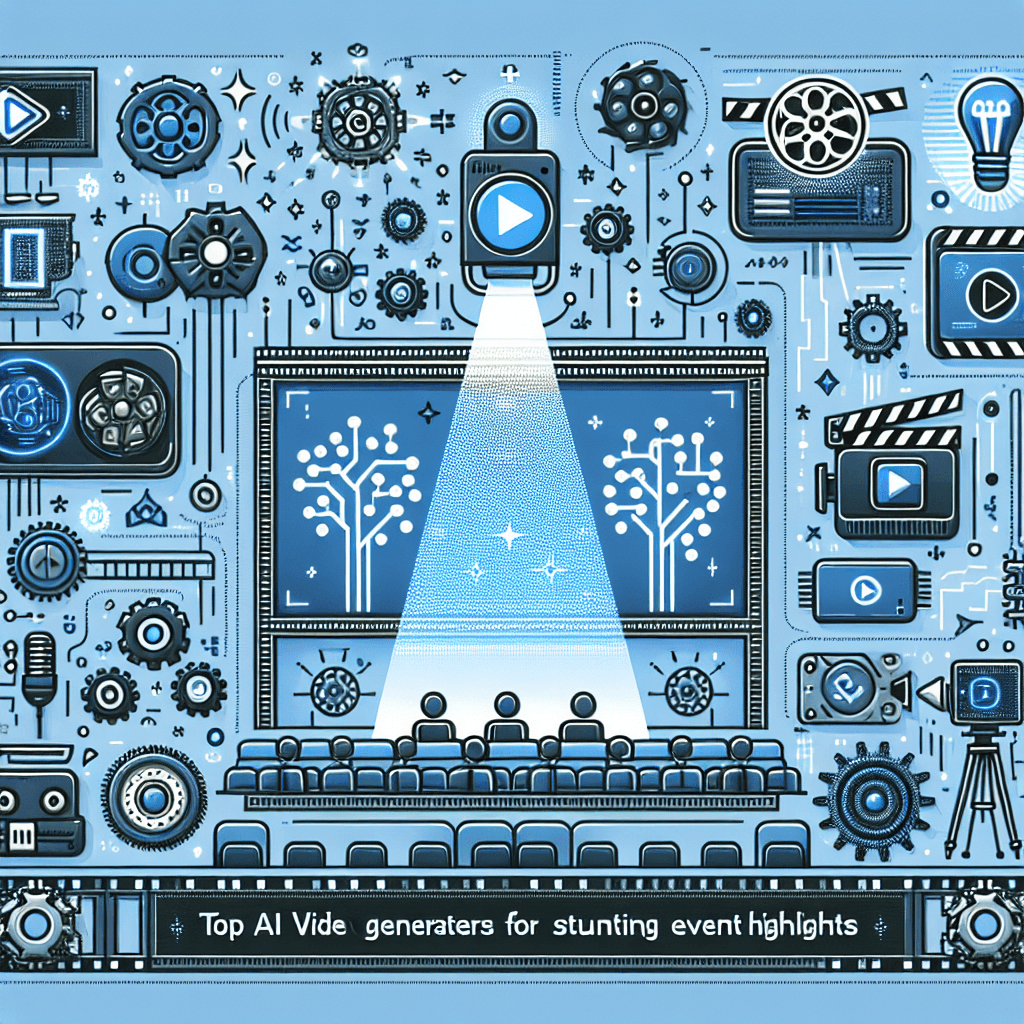In the rapidly evolving world of UI design, staying ahead of the curve is crucial. As designers strive to create engaging and intuitive user experiences, AI-powered image tools have emerged as vital companions in their quest for innovation and excellence. This article explores the top AI image tools that are transforming the UI design landscape, enhancing creativity, and streamlining workflows.
The AI Revolution: A New Canvas for Designers
Historically, design processes have been labor-intensive, often requiring extensive manual inputs and intricate adjustments. However, the advent of artificial intelligence has ushered in a new era where automated solutions can aid in generating stunning visuals. AI image tools leverage machine learning and deep learning algorithms to produce designs that might not only match but surpass human creativity.
Image Generation: The Artistic Leap
One of the standout features of modern AI tools is their ability to generate images from text descriptions. This image generation capability, seen in tools like DALL-E 2 and Midjourney, allows designers to visualize concepts swiftly, translating ideas into visuals with remarkable accuracy. By inputting a simple description, users can access a plethora of potential designs within seconds, significantly enhancing the ideation process.
Enhancing Creativity with Style Transfer
Another impressive feature is style transfer, which enables designers to apply artistic styles to images seamlessly. Programs like DeepArt and Prisma showcase how AI can take a basic image and transform it into something uniquely beautiful by mimicking the styles of famous artists. This technique can be exceptionally beneficial for UI designers aiming to create visually appealing interfaces that stand out in today’s saturated market.
AI-Powered Mockup Generation
Tools such as Mockup.ai are revolutionizing how designers create interface mockups. Instead of starting from scratch, designers can leverage AI to suggest layouts based on user preferences, historical design trends, and current best practices. This can drastically reduce the time spent on initial mockups, allowing designers to focus more on refining their concepts.
Streamlined Collaboration with AI Tools
Collaboration is key in UI design, especially when working with teams scattered across various locations. AI tools like Figma and Adobe XD have incorporated AI features that enhance collaborative efforts. With smart suggestions and real-time feedback mechanisms, these platforms make teamwork more efficient and productive, minimizing the risk of miscommunication or design discrepancies.
Image Optimization: Quality Over Quantity
In UI design, the quality of images can significantly impact user experience. AI-driven image optimization tools like TinyPNG and ImageKit ensure that images maintain high quality while weighing less on load times. These tools utilize algorithms to compress images without compromising visual integrity, which is essential for maintaining a fluid user experience.
Smart Color Palette Generators
Color is fundamental in design, and AI color palette generators like Coolors and Adobe Color help designers choose harmonious color schemes quickly. By analyzing current design trends and user preferences, these tools suggest color combinations that evoke the desired emotions and ensure aesthetic appeal. This ability to generate and adapt color palettes efficiently can accelerate the design process.
Accessibility through AI
Designers are increasingly recognizing the importance of creating accessible interfaces. AI tools can help evaluate and suggest modifications for accessibility compliance. Tools such as Wave and Color Contrast Checker enable designers to test designs against accessibility standards, ensuring that interfaces are usable for all individuals, including those with disabilities.
Personalized User Experiences
The rise of data-driven design is enhanced by AI’s capacity to analyze user behavior and preferences. Personalization tools can help UI designers create tailored experiences based on user data. By leveraging insights derived from analytics, designers can create interfaces that align with user expectations, increasing satisfaction and engagement.
Future Trends: The Ongoing Evolution of AI in Design
As AI technology continues to develop, we can expect even more sophisticated tools to emerge in the UI design space. Tools will likely become more intuitive, offering not just assistance but also creative insights that push the boundaries of conventional design. Keeping an eye on these trends enables designers to remain competitive and relevant in their field.
From Concept to Creation: Automating the Workflow
Automating repetitive tasks is a core advantage of AI tools. Tools like Canva leverage AI to simplify various design tasks, from resizing images to suggesting layouts. By automating these processes, designers can allocate more time to higher-level design thinking, thus fostering innovation and creativity.
AI Assistance in Usability Testing
Usability testing is integral to the design process. AI tools can analyze user interactions with a design prototype, identifying pain points or areas for improvement. Through video analysis and user behavior tracking software like Lookback and Hotjar, designers can receive actionable feedback that enhances their UI.
Visuals That Speak: AI Voice-to-Image Tools
Innovations in AI include voice-to-image tools that allow designers to create visuals based on verbal descriptions. This capability can significantly speed up the design process, making it more accessible to those who may not be proficient with traditional design software.
The Importance of Continuous Learning
For designers to maximize the benefits of AI tools, continuous learning is essential. Attending workshops, engaging with online courses, and participating in design communities can help designers stay updated on the latest AI technologies and methodologies.
Ethical Considerations in AI Design
As AI takes a more significant role in the design industry, ethical considerations become paramount. Designers must navigate questions regarding copyright, ownership of AI-generated images, and the implications of using AI in creative processes. Understanding these complexities ensures that designers engage with AI thoughtfully and responsibly.
Bridging the Gap Between Human and AI Creativity
AI shouldn’t replace the human touch in design but rather enhance it. The collaborative potential between human designers and AI tools can lead to an exciting fusion of creativity and technology, creating designs that resonate with users on meaningful levels.
Conclusion: Embracing AI for Future Success
As the UI design industry evolves, embracing AI-powered image tools is becoming increasingly essential for success. By harnessing the power of these technologies, designers can streamline their workflows, enhance creativity, and ultimately deliver exceptional user experiences. Makers of the future will be those who skillfully blend the capabilities of AI with core design principles—creating visuals that not only capture attention but also engage and inspire. Adapting to these changes is not just a trend; it’s the future of design. Embrace it and watch creativity soar.








